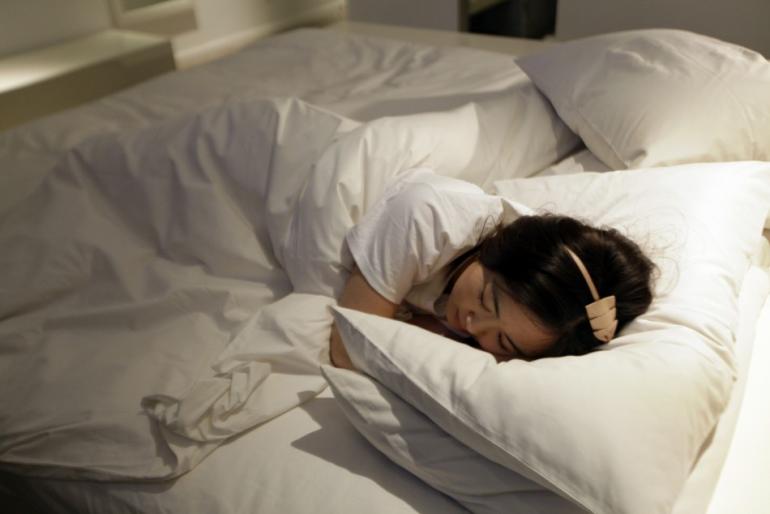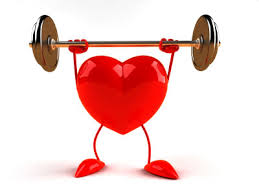Ninety percent of the people who have sleep apnea, a sleep disorder that cause a disruption of breathing while you’re asleep don’t know they have an issue.
They might not even acknowledge that they have trouble sleeping or that they are struggling with a kind of sleeping disorders. You may be completely uninformed that you’re having hundreds of episodes each night when you are choking or trying to breathe.
What Is Sleep Apnea?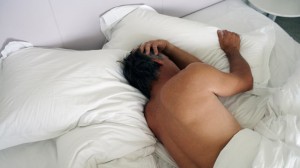
Sleep apnea is normally categorized as one of the three types. Obstructive sleep apnea involves a physical blockage of your airway. Central sleep apnea implies that your brain is failing to send out the proper “breathe now” signals to your respiratory system; and blended sleep apnea is a combination of the 2. Obstructive is without a doubt the most typical of the 3 and blended is exceptionally rare. Whichever type you have, you’re spending part of each night not breathing, resulting in you suffering some degree of sleep starvation. Since obstructive sleep apnea is the most typical type, we’re going to take a look at things you can do to recover from the problem and its effects.
Self-Help Solutions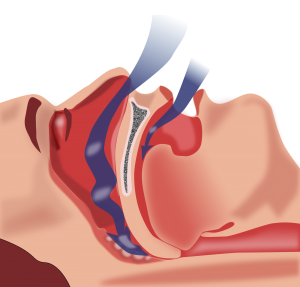
Here are a few of the many things you can do in an effort to deal with the sort of minor sleep apnea that are most typical.
Drop your weight. Because added fatty material around the throat is a lot more likely to cause obstructive sleep apnea, overweight folks who lose even 10 % of their excess weight regularly improve their sleep quality substantially.
Stop using alcohol, tobacco and sedatives at or near going to bed. Use of these substances increases the possibility of the air passage closure during your sleep. Yep, sleeping tablets can add to the probability of sleep apnea, indicating that you wind up with a lower quality of sleep as opposed to a much better one.
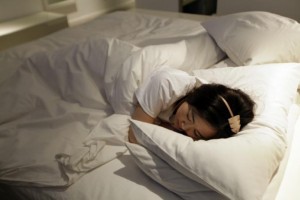 Sleep on your side. Your throat is less likely to collapse involuntarily when you’re sleeping on your side. There are specially shaped pillows readily available which will encourage you to sleep on your side. Or you can position an item (tennis balls are popular) onto the bed which would make you uneasy should you roll onto your back and try to sleep on it.
Sleep on your side. Your throat is less likely to collapse involuntarily when you’re sleeping on your side. There are specially shaped pillows readily available which will encourage you to sleep on your side. Or you can position an item (tennis balls are popular) onto the bed which would make you uneasy should you roll onto your back and try to sleep on it.
Get onto a sleep schedule. If you eliminate interruptions in the form of undesirable noises and lights, then sleep on a schedule that does not alter from day to day. You’ll probably discover that you’re having far fewer problems with obstructive sleep apnea.
